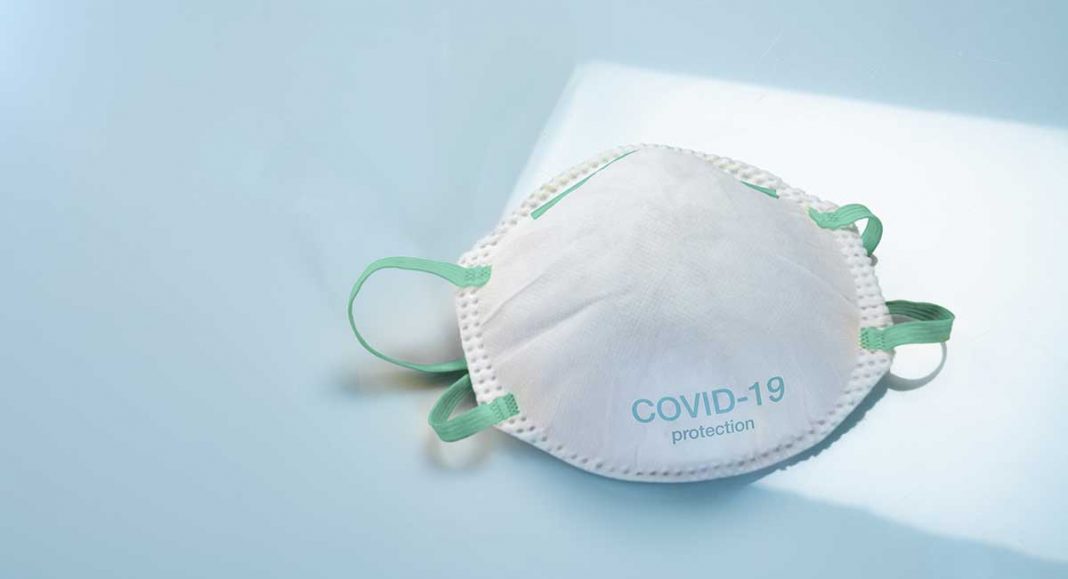SUDBURY – The Manitoulin District Leadership MHC Community Response/Emergency Preparedness and Paramedicine Committee (made up of Island municipalities, First Nations leadership and health professionals) may well have dibs on the longest local committee acronym, but when it comes to making decisions, the committee is looking to the health professionals of Northern Ontario School of Medicine (NOSM) for the data to from which to build a roadmap to best practices.
“We were invited by the Manitoulin District Leadership MHC Community Response/Emergency Preparedness and Paramedicine Committee,” said NOSM research team member Dr. Marion Maar. “Basically, they are making the decision on how to best deal with the impact of the pandemic on their communities and they asked us to do the research—maybe starting with a case study on how they are coming together and working together.”
The pandemic is a virtually unprecedented experience for every community on Manitoulin and the restrictions and actions that have come out of attempts to deal with the pandemic have highlighted issues and some “dysfunctions” that may have largely lain dormant until the advent of the pandemic brought them to the fore, noted Dr. Maar.
The NOSM team has applied for several grants to backstop their research efforts into the collaboration between First Nations and municipalities, but even without the funding the team has plunged forward.
The three main collaborators of the NOSM team include Dr. Maar, Laurentian University’s Dr. Lorilee McGregor and the Manitoulin Health Centre’s Dr. Shruti Sebastian of Mindemoya.
“Dr. Maurianne Reade has already been collecting research through the clinical evaluation sciences,” noted Dr. Maar. “There are important things we can learn from other jurisdictions that have gone through much of what we are seeing here already.”
That background can help inform the MHC as to what might be needed on the Island should the pandemic’s waves wash up on our shores. “There are questions the MHC needs to know, such as how many field hospitals will be needed, what kinds of supportive care needs to be in place, oxygen masks, expanded nursing care, how many people are likely to need to be placed in care. That information will help to figure out the answers.”
Another branch of the team’s inquiries will identify those sectors of the Island’s population that is the most vulnerable. “Either because they are most likely to be exposed or because underlying health factors make them more susceptible,” said Dr. Maar. “Basically, which are the higher priority populations and how can we improve service delivery to those groups.” When there are limited resources available, knowing where to focus efforts can prove vital.
The team does not anticipate that all the data will prove to be negative, however. “There might be some aspects, the physical distancing that is inherent in rural populations, for example, that could prove to be beneficial,” she noted. “We are also seeing some positive factors coming out of the remote meetings with patients and health professionals.”
Anecdotally, although the remote examinations might be harder on some patients with mental health issues, the remote checkups are allowing doctors to see their patients more often than they would in a face-to-face setting.
“There are some things we might want to keep on doing after this has passed,” said Dr. Maar. To that end, the date may provide signposts to a more efficient system. “We will have to decide what it is we might want to keep.”





